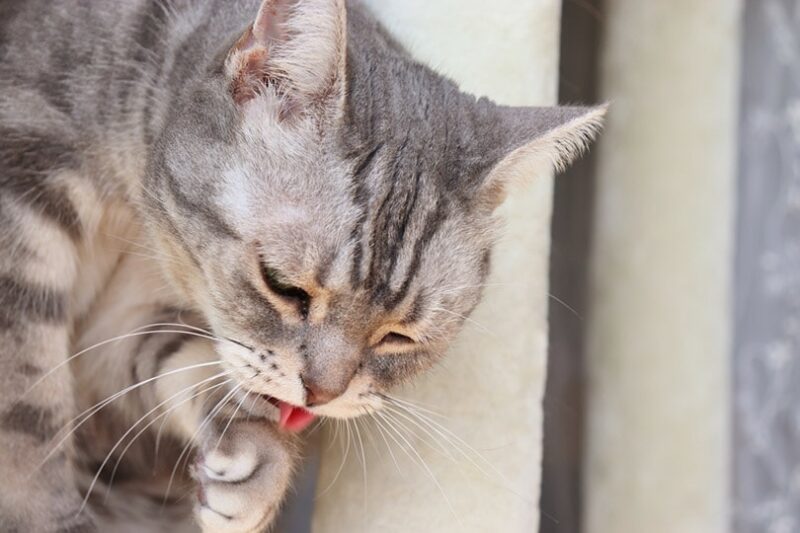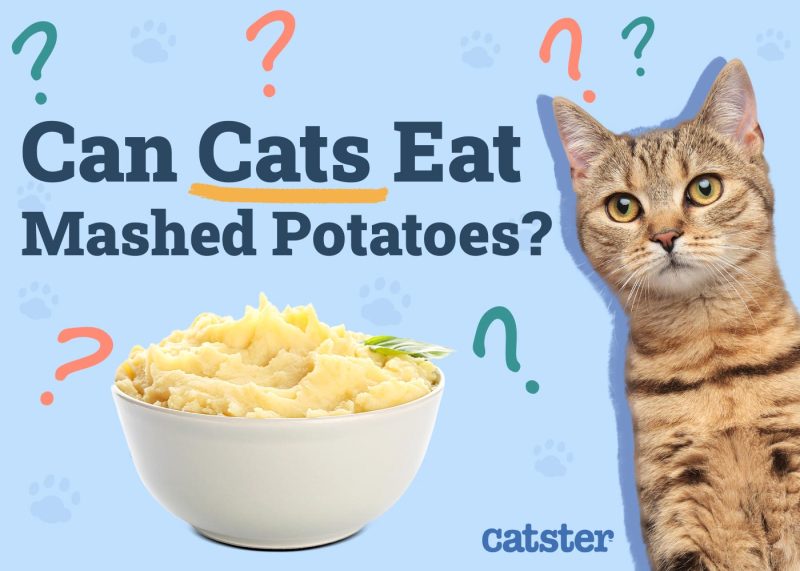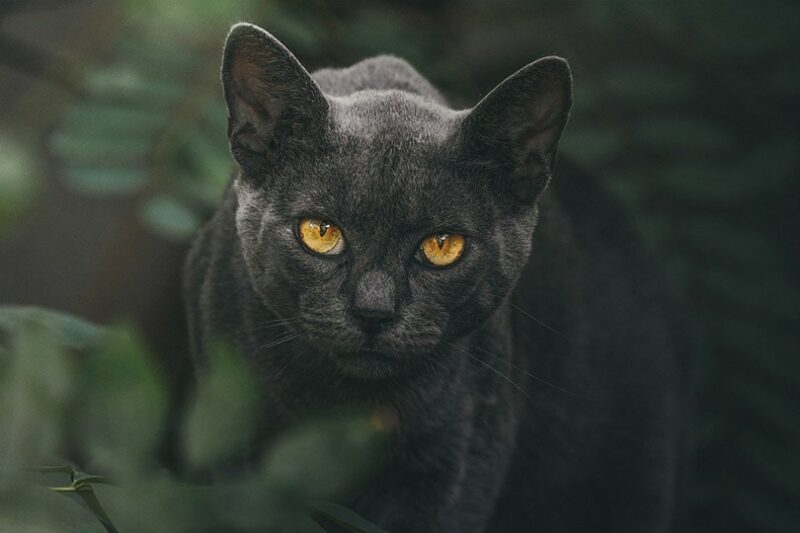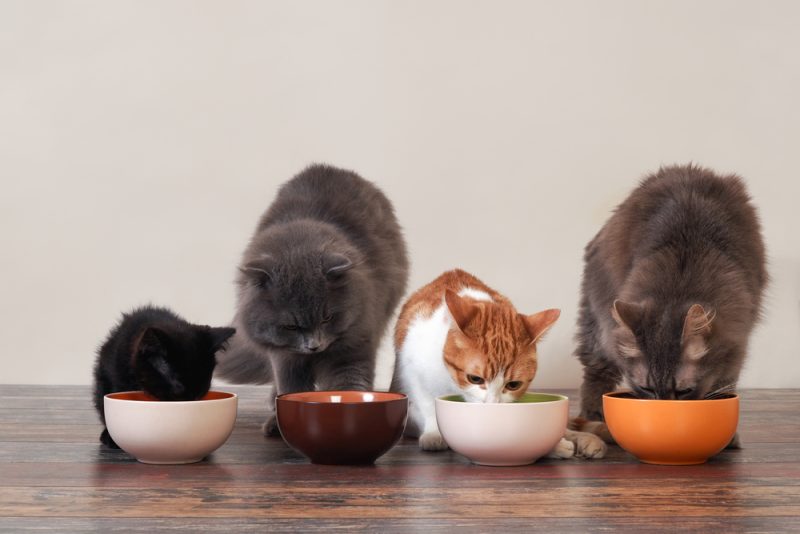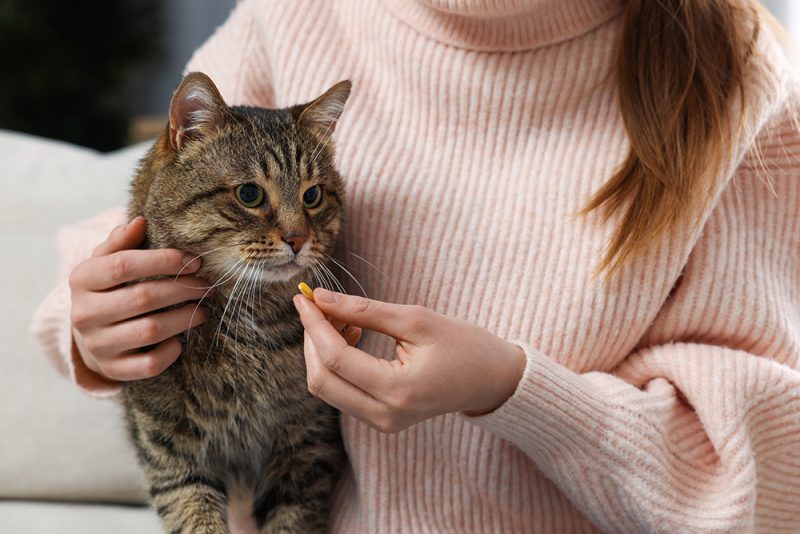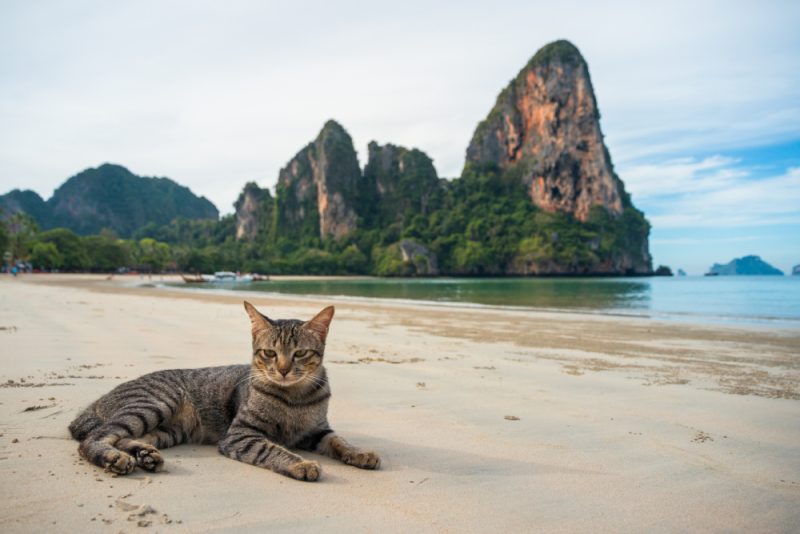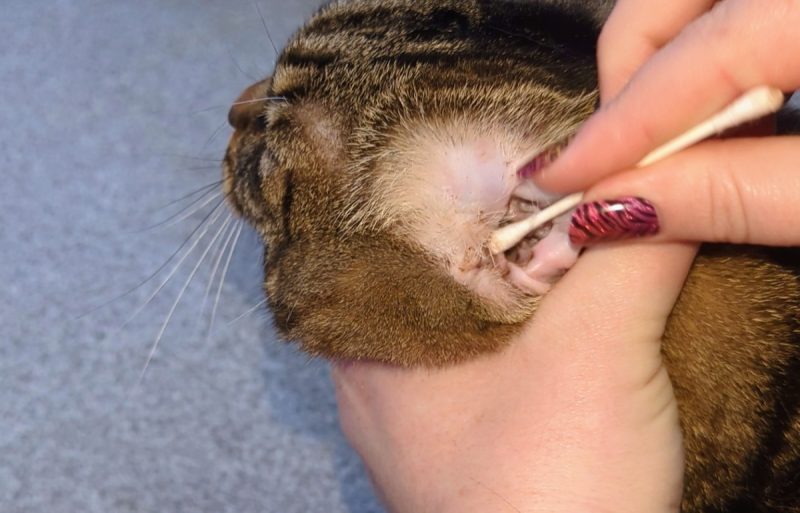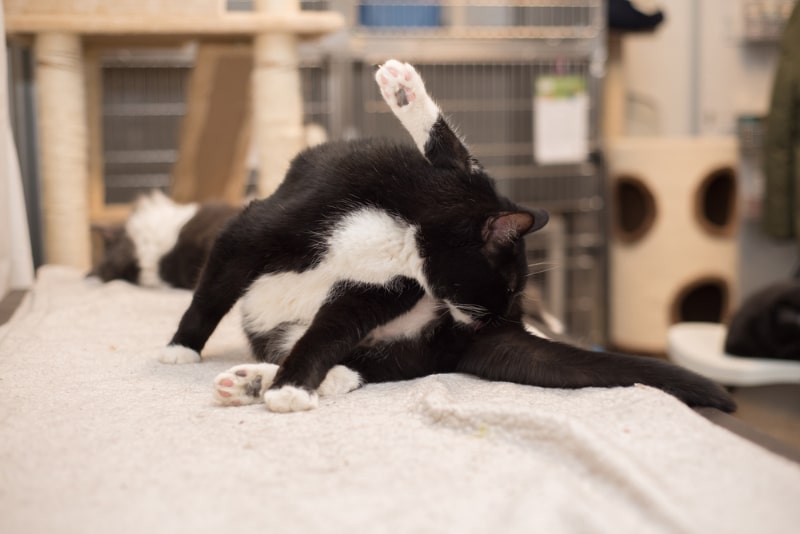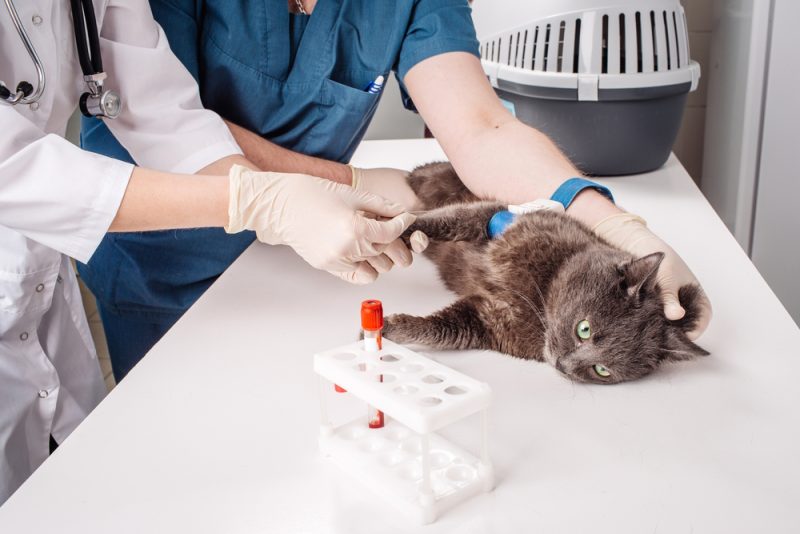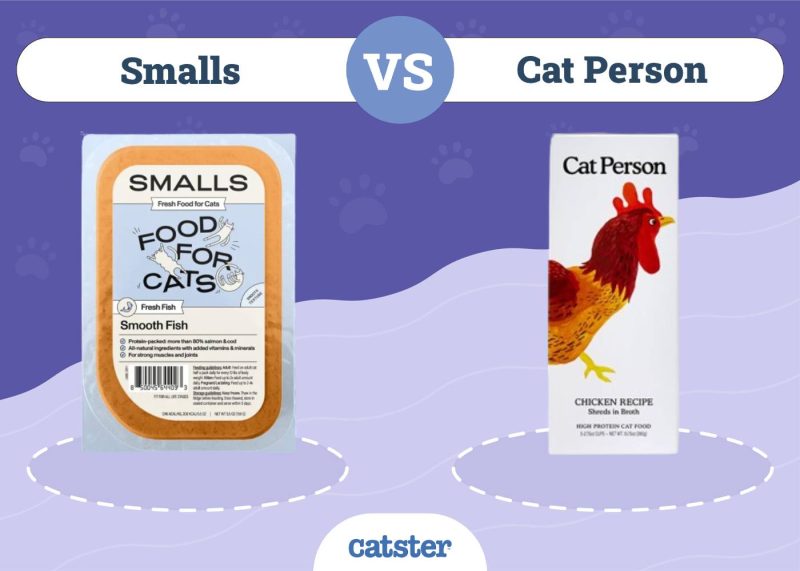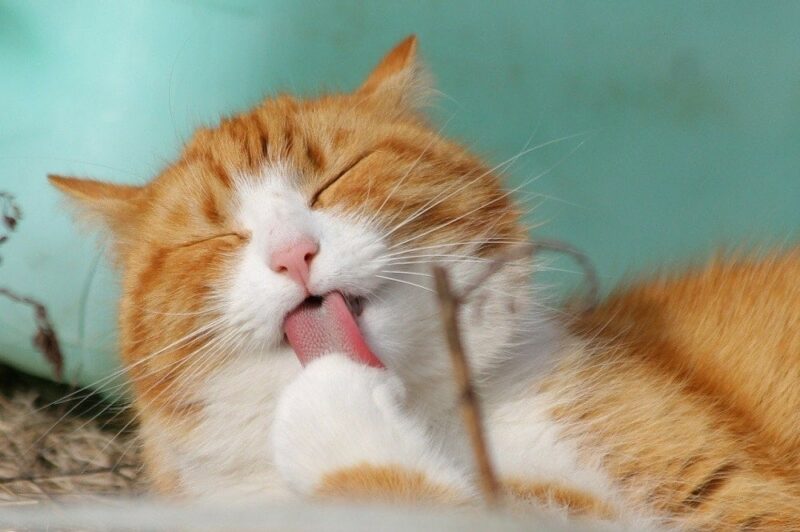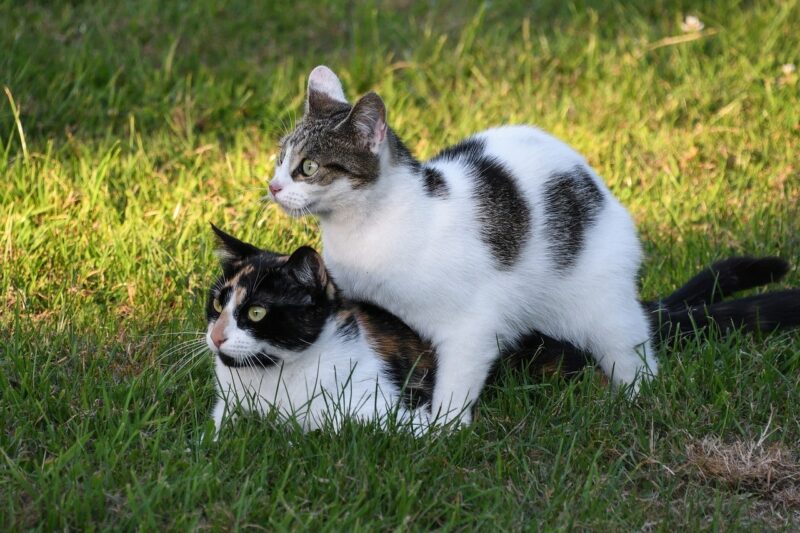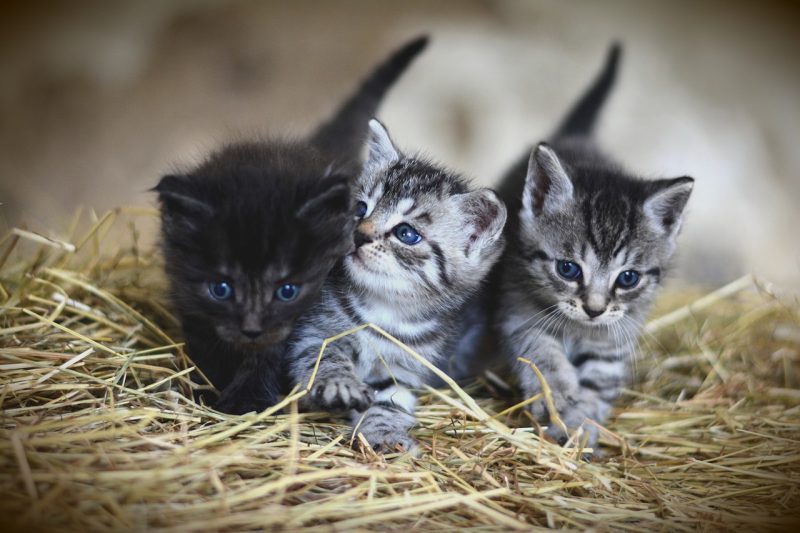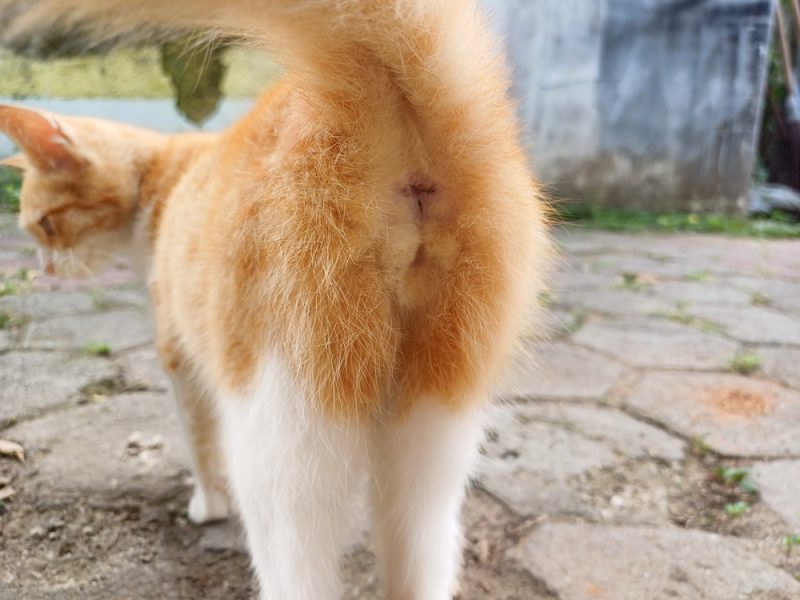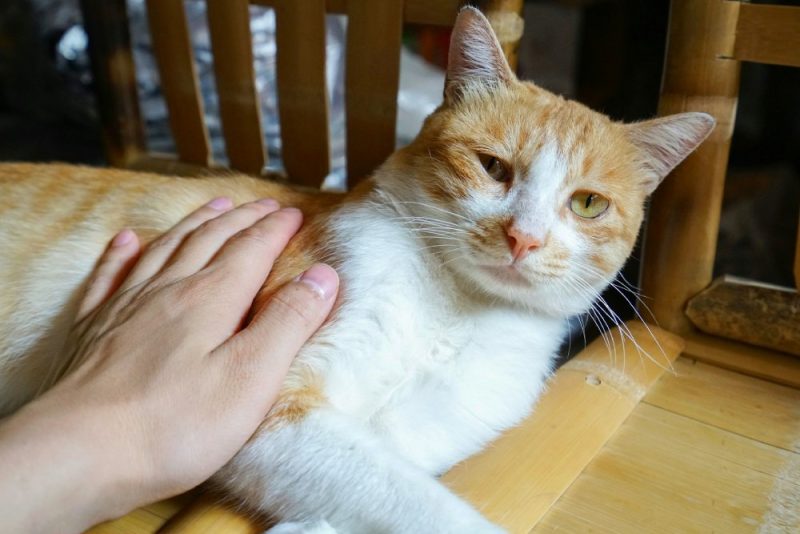Watching your cat throw up is scary, and the wrong food can make things worse. When your feline friend’s stomach is upset, choosing the right diet becomes a delicate balancing act. But don’t worry, with a few smart moves, you can help calm their tummy and guide them gently toward recovery. Let’s walk through why cats vomit, what foods can ease things, and when it’s truly time to see the vet.
How & Why Cats Vomit
Vomiting is an active reflex that forces stomach contents out, which is very different from passive regurgitation or coughing. Several issues can trigger it, including parasites, food sensitivities, constipation, toxins, inflammatory bowel disease, ulcers, or organ disease.
Sometimes, the vomit itself gives clues: yellow or green bile often means an empty stomach; blood might signal irritation or toxin exposure; and undigested food might point to allergies, blockage, or overeating. Hairballs are another cause, which are usually benign if rare, but worth discussing with your vet if frequent.

Top 3 Ways to Help Settle Your Cat’s Stomach
1. Stop Food for a Few Hours
Give your kitty’s stomach time to rest. Remove all food for a couple of hours, then reintroduce just a few tiny bites to see if they can keep it down.
2. Offer Smaller, More Frequent Meals
Sometimes the issue isn’t what your cat eats, it’s how much they eat at once. Instead of two big meals, try breaking it into three or four smaller portions throughout the day.
3. Slow Down Their Eating
Even small meals won’t help if your cat “inhales” its food. Special slow-feeder bowls or puzzles make them work harder, which can ease sudden digestion overload.
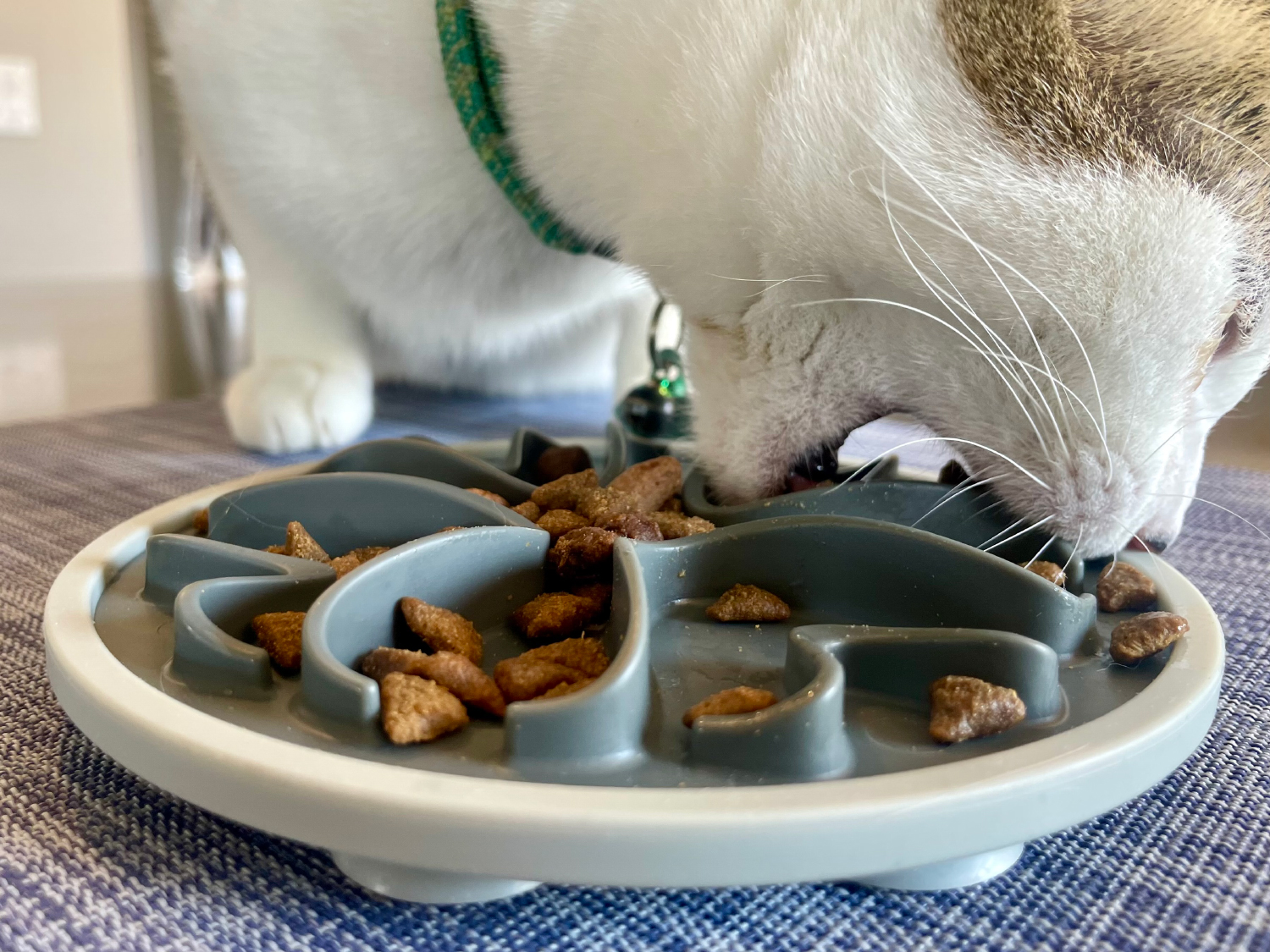
6 Gentle Foods That May Help a Vomiting Cat
We recommend you always consult a vet before switching diets.
- Plain, cooked chicken – No salt or seasoning. It’s gentle on the stomach and easy to digest.
- White fish – Mild, lean, and easy on the belly when served plain and cooked.
- Lean ground proteins (chicken, turkey, beef) – Provides essential protein with low fat; serve plain and in small amounts.
- Purina ONE +Plus Sensitive Skin & Stomach (dry formula) – Designed for cats with digestive sensitivities.
- Hill’s Science Diet Adult Sensitive Stomach & Skin – A formula made for delicate digestion.
- Hill’s Science Diet Hairball Control Chicken – Useful if exacerbating hairballs are part of the issue.
Please note: none of these are ideal long-term complete diets when used alone. They’re tools to help your cat recover while maintaining nutritional balance.
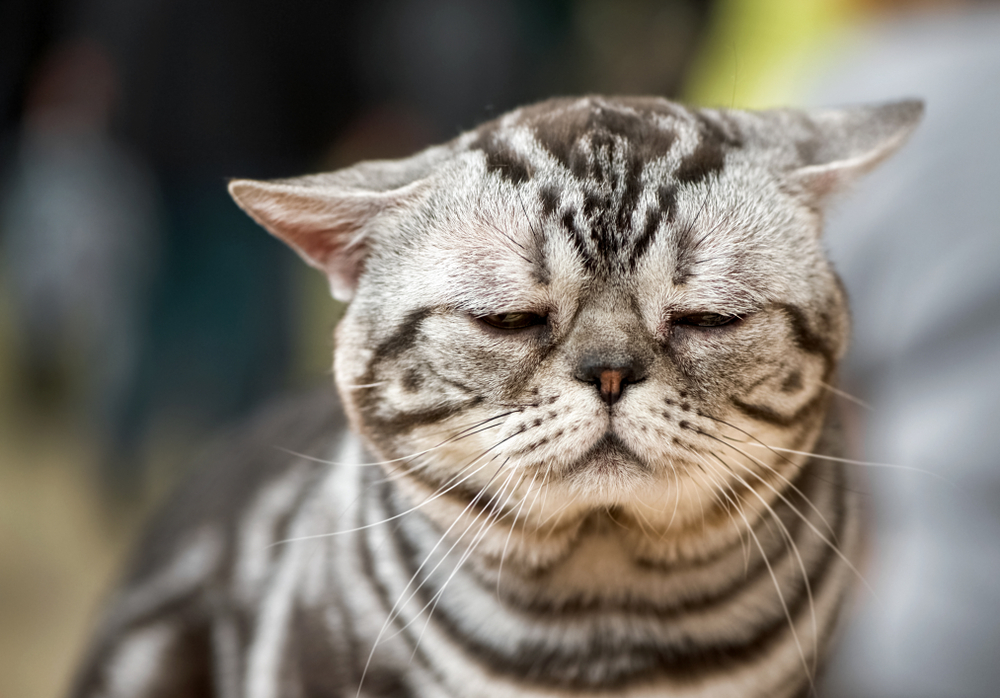
When You Need to See the Vet
If vomiting is isolated and mild, your cat may not need emergency care. But call your vet if the vomit contains blood, looks unusual, or your cat is lethargic.
If vomiting persists even after skipping food, or your cat shows symptoms like weakness, fever, pain, or bloody stool, head to the vet immediately. And when in doubt, it’s always safer to get your cat checked.

Final Thoughts
A vomiting cat can be alarming, but with gentle feeding strategies and the right diet, many cats recover well. What matters most is listening to your cat, watching for warning signs, and acting early. Don’t be afraid to lean on your vet every step of the way, and don’t hesitate to seek help if things don’t improve. A little extra care now can make all the difference in your kitty’s comfort and recovery.
Feature Image Credit: Image Credit: chie hidaka, Shutterstock
Did You Know?
- Our brand-new posts are rounded up and included in our weekly emails. Don’t miss out on the latest – sign up for our newsletter below!
